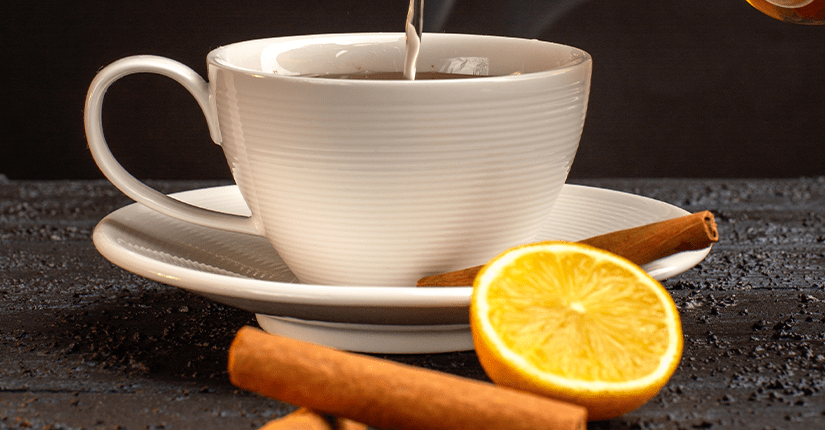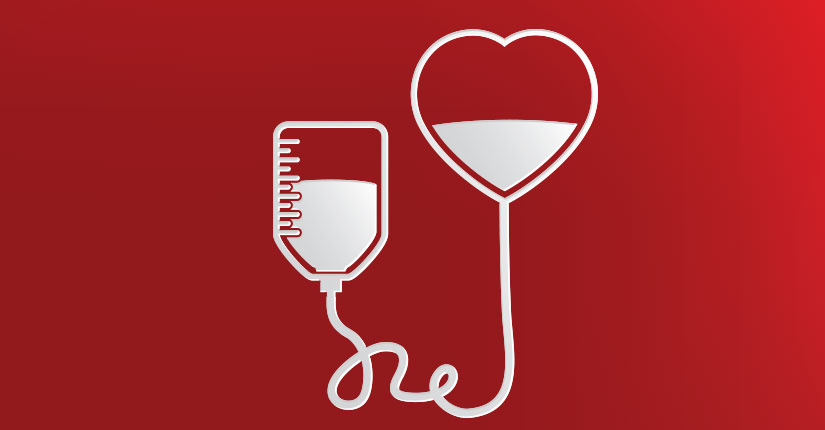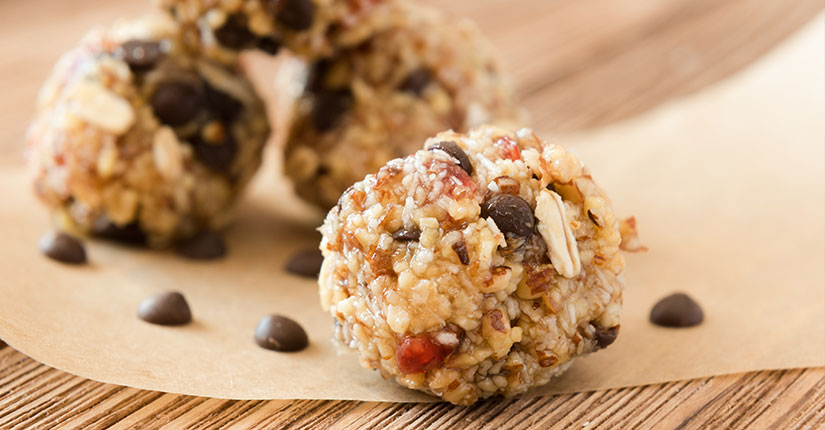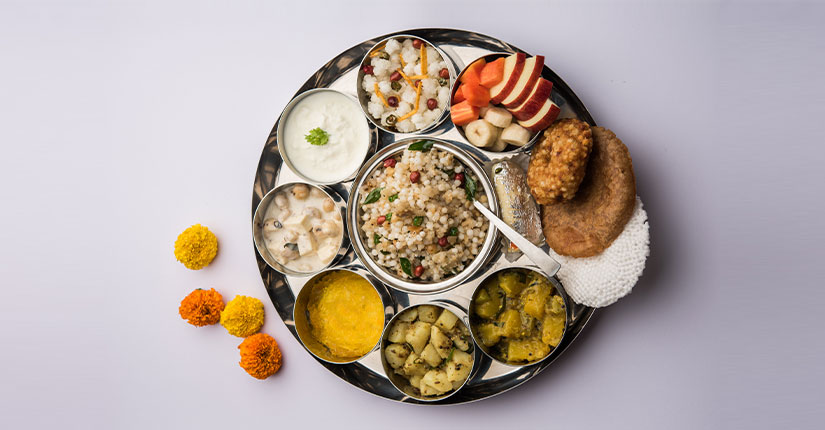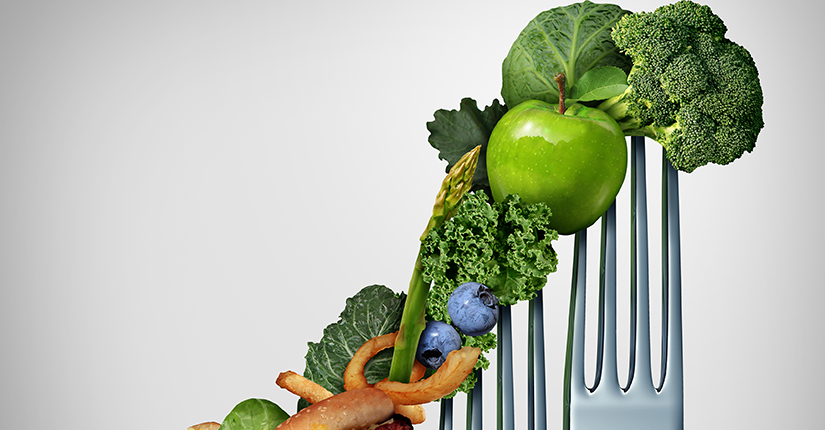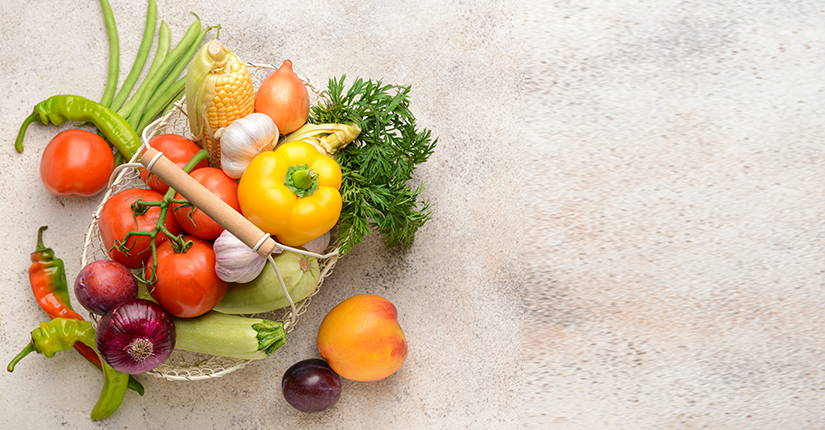The Sweet Deception: 5 Hidden Sources of Sugar Lurking in Your Food Labels.
By Nmami Agarwal 15-Jun 2023 Reading Time: 19 Mins
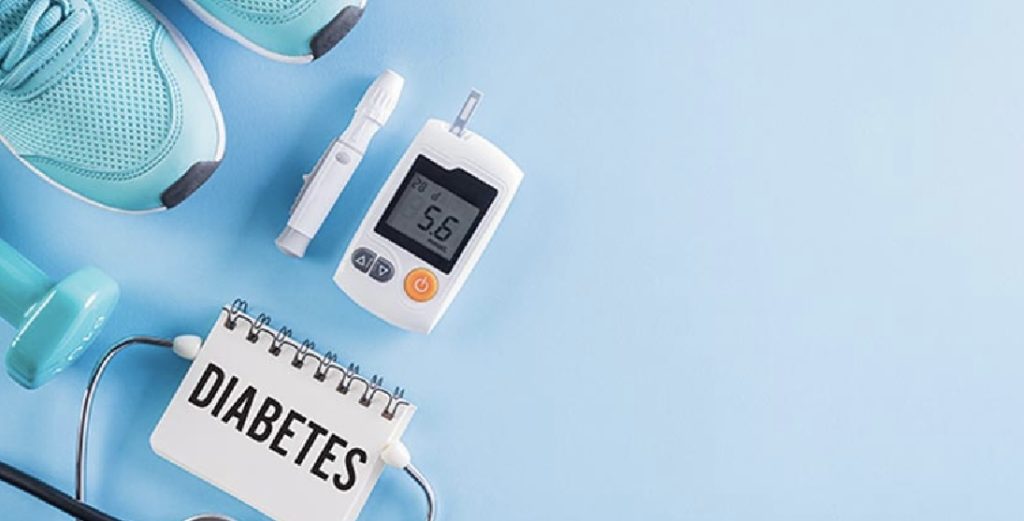
Sugar is widely considered one of the worst ingredients in our diets, and for good reason. It is highly addictive, leads to obesity, and contributes to a number of health problems including diabetes, heart disease, and even cancer. While most people are aware of the dangers of consuming too much sugar, it can be difficult to avoid it altogether. That’s because sugar is often hidden in foods we would not expect. In this post, we’ll discuss the five hidden sources of sugar lurking in your food labels. From salad dressings to granola bars, we’ll uncover the sneaky ways food manufacturers add sugar to their products. By the end of this post, you’ll be equipped with the knowledge you need to make healthier, more informed choices when it comes to your diet.
Introduction: Why Sugar is a Hidden Danger
Sugar is a common ingredient in many foods we eat every day. While it is no secret that sugar is not good for our health, it is often hidden in foods where we least expect it. In fact, many people are unaware of how much sugar they are consuming on a daily basis. This can lead to a number of health problems, including obesity, diabetes and heart disease. The World Health Organization recommends that adults consume no more than 25 grams of sugar per day, which is equivalent to 6 teaspoons. However, many foods contain much more, making it difficult to stick to these guidelines. In this blog post, we’ll introduce 5 hidden sources of sugar that might be lurking on your food labels and give tips on how to avoid them. Being aware of the hidden dangers of sugar can help you make better choices for your health and well-being.
Understanding Sugar on Food Labels
Understanding the sugars on food labels is critical to making informed decisions about what you consume. It is important to know that not all sugar is the same. Food labels may list sugar under many different names, such as high fructose corn syrup, cane sugar, brown sugar, fruit juice concentrate and many others. This can make it difficult to know how much sugar is actually in the foods you eat. To make things easier, the Food and Drug Administration (FDA) has made changes to food labels that require manufacturers to list added sugars separately from naturally occurring sugars. Added sugars are those that are added during processing or preparation of the food, while naturally occurring sugars are those that occur naturally in foods such as fruits and dairy products. It is important to watch out for added sugars, as too much consumption can lead to health problems such as obesity, type 2 diabetes and heart disease. When reading food labels, make sure to check the total amount of sugar per serving, as well as the specific types of sugar listed. By doing so, you can make more informed decisions about the foods you are consuming and take control of your health.
Hidden Source #1: High-Fructose Corn Syrup
High fructose corn syrup (HFCS) is a sweetener commonly used in processed foods. It is made from corn starch and used as a cheaper alternative to sugar. Although it is chemically similar to sugar, it is metabolized differently by the body, which is why it can be harmful in excessive amounts. HFCS is commonly used in soft drinks, baked goods and sweetened breakfast cereals. It has been linked to obesity, type 2 diabetes and other health problems. One of the reasons it is so harmful is that it is added to foods in large quantities, which can lead to overconsumption. One of the biggest problems with HFCS is that it is often hidden on food labels under other names such as glucose-fructose syrup, fructose syrup or corn syrup. This can make it difficult for consumers to know what they are eating and how much sugar they are consuming. It is important to read food labels carefully and look for these hidden sources of HFCS. If you want to avoid HFCS altogether, it is best to choose whole foods and cook from scratch as much as possible. This way, you can control the amount of sugar in your diet and avoid the harmful effects of high-fructose corn syrup.
Hidden Source #2: Dried Fruit and Fruit Juice Concentrate
While it’s no secret that fruits contain natural sugar, dried fruit and fruit juice concentrate can be a hidden source of sugar that many people may not be aware of. This is because both forms of fruit are concentrated, meaning that the sugar content is much higher than in fresh fruit. Dried fruit is made by removing the water content from the fruit, leaving behind a condensed, sugary treat. While it may seem like a healthier alternative to candy, it can contain just as much sugar, if not more. For example, a small box of raisins contains around 25 grams of sugar, which is equivalent to 6 teaspoons of sugar.Fruit juice concentrate, on the other hand, is made by extracting the juice from the fruit and then evaporating the water content, leaving behind a concentrated form of juice. This can be added to various food products as a sweetener, such as breakfast cereals, yogurts, and even savory snacks like crackers. While it may seem like a healthier alternative to refined sugar, it still contains high levels of fructose, which can be detrimental to your health in high doses. It’s important to read the labels of food products carefully and look out for dried fruit and fruit juice concentrate as potential sources of hidden sugars. Opt for fresh fruit instead of dried fruit when possible and limit your intake of fruit juice concentrate to keep your sugar intake in check.
Hidden Source #3: Artificial Sweeteners
Artificial sweeteners have been around for a long time and are often used as a sugar substitute in many food products. They are low in calories and don’t raise blood sugar levels, making them a popular choice for people who are trying to lose weight or manage diabetes. However, consuming too much of these sweeteners can lead to adverse health effects, including headaches, digestive issues, and even cancer. Many processed foods, such as diet soda, sugar-free candies, and low-fat yogurts, contain artificial sweeteners. They are often labeled with names like aspartame, sucralose, and saccharin. While these sweeteners are considered safe for consumption by regulatory bodies, it’s important to note that they are still chemicals, and consuming too much of them can have negative effects on your health. To avoid consuming too many artificial sweeteners, it’s important to read food labels carefully and limit your intake of processed foods. Opt for natural sweeteners like honey, maple syrup, or stevia instead. These alternatives, while still high in calories, are often less processed and have fewer negative health effects than artificial sweeteners.
Hidden Source #4: Sauces and Condiments
Many people don’t realize that sauces and condiments are a major source of hidden sugar. From ketchup to BBQ sauce, salad dressings to marinades, these seemingly innocent additions to your meals can pack a serious sugar punch. For example, just one tablespoon of ketchup can contain up to one teaspoon of sugar. And if you’re someone who likes to slather their food in BBQ sauce, you could be consuming up to 10 grams of sugar per serving. So, what can you do to avoid hidden sugars in your sauces and condiments? One option is to make your own sauces and dressings at home using fresh ingredients. This allows you to control the amount of sugar that goes into your food. If making your own sauces isn’t an option, be sure to read the labels carefully and choose products with little to no added sugars. Look for sugar-free or reduced-sugar options and avoid anything that lists sugar or high fructose corn syrup as one of the first ingredients. By being mindful of the amount of sugar in your sauces and condiments, you can significantly reduce your overall sugar intake and improve your health.
Hidden Source #5: Low-Fat and “Healthy” Snacks
Many people believe that low-fat and “healthy” snacks are a great option for a guilt-free snack. However, these snacks can often contain hidden sources of sugar that can be deceiving. When companies remove the fat from a product, they often add sugar to make up for the lost flavor. This means that many low-fat snacks are actually high in sugar content. Furthermore, “healthy” snacks such as granola bars, fruit snacks, and yogurt can also contain high amounts of added sugars. Always check the nutrition label and ingredients list to ensure that these snacks are not loaded with added sugars. It’s important to keep in mind that just because a snack is marketed as “healthy” or “low-fat” does not necessarily mean it is a good option for your diet. Always read the nutrition label and keep an eye out for added sugars in any product you consume.
How to Spot Hidden Sources of Sugar on Food Labels
Learning how to spot hidden sources of sugar on food labels can be tricky, but it’s essential if you want to reduce your sugar intake. Here are some tips to keep in mind:
- Look for the different names of sugar. Sugar isn’t always called “sugar.” Look for ingredients like high fructose corn syrup, fructose, dextrose, maltose, sucrose, and glucose on the label.
- Watch out for added sugars. Added sugars are sugars that are added to food during processing. They can be listed as “sugars” on the label and can be found in foods like cookies, cakes, and candies.
- Check the serving size. Sometimes a food may appear to have a low sugar content, but this is because the serving size is small. Make sure to check the serving size and adjust accordingly.
- Pay attention to the order of ingredients. Ingredients are listed in order of weight, with the most abundant ingredient listed first. If sugar is one of the first ingredients listed, then the product likely contains a lot of sugar.
- Look for sugar alcohols. Sugar alcohols are often used as a low-calorie and low-sugar alternative to regular sugar. However, they can still have an impact on your blood sugar levels and should be consumed in moderation.
By paying close attention to food labels and being aware of the different names of sugar, you can make informed decisions about the foods you consume and reduce your sugar intake.
Conclusion: Tips for Reducing Your Sugar Intake
Reducing sugar intake can be a difficult task, especially with so many hidden sources of sugar in our food. However, it is important for our overall health and well-being to reduce the amount of sugar we consume.
Here are a few tips to help you reduce your sugar intake:
- Read food labels carefully: When you’re grocery shopping, make sure to read the labels on the foods you’re buying carefully. Look for words like “sugar,” “syrup,” “cane juice,” and “honey” in the ingredient list. If these words are listed at the beginning of the ingredient list, it’s a good indication that the product is high in sugar.
- Choose fresh, whole foods: Opt for fresh, whole foods like fruits, vegetables, and whole grains instead of processed foods. These foods are naturally low in sugar and are packed with vitamins, nutrients, and fiber.
- Swap out sugary beverages: Sugary drinks like soda, fruit juice, and sports drinks are some of the biggest culprits when it comes to hidden sugar. Instead, try swapping them out for water, sparkling water, or unsweetened tea.
- Use natural sweeteners: If you need to sweeten your food or drinks, try using natural sweeteners like honey, maple syrup, or stevia. These options are lower in sugar and are less processed than traditional sugar.
- Be mindful of portion sizes: Even healthy foods can be high in sugar if you eat too much of them. Be mindful of portion sizes and try to stick to the recommended serving sizes to help reduce your sugar intake.

